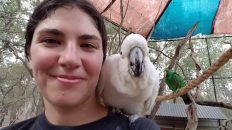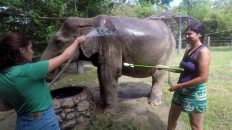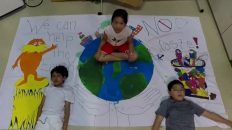This video blog is about the topic of deforestation, or cutting down trees. It is one of my least favorite things to talk about, other than the current state of politics in the United States.
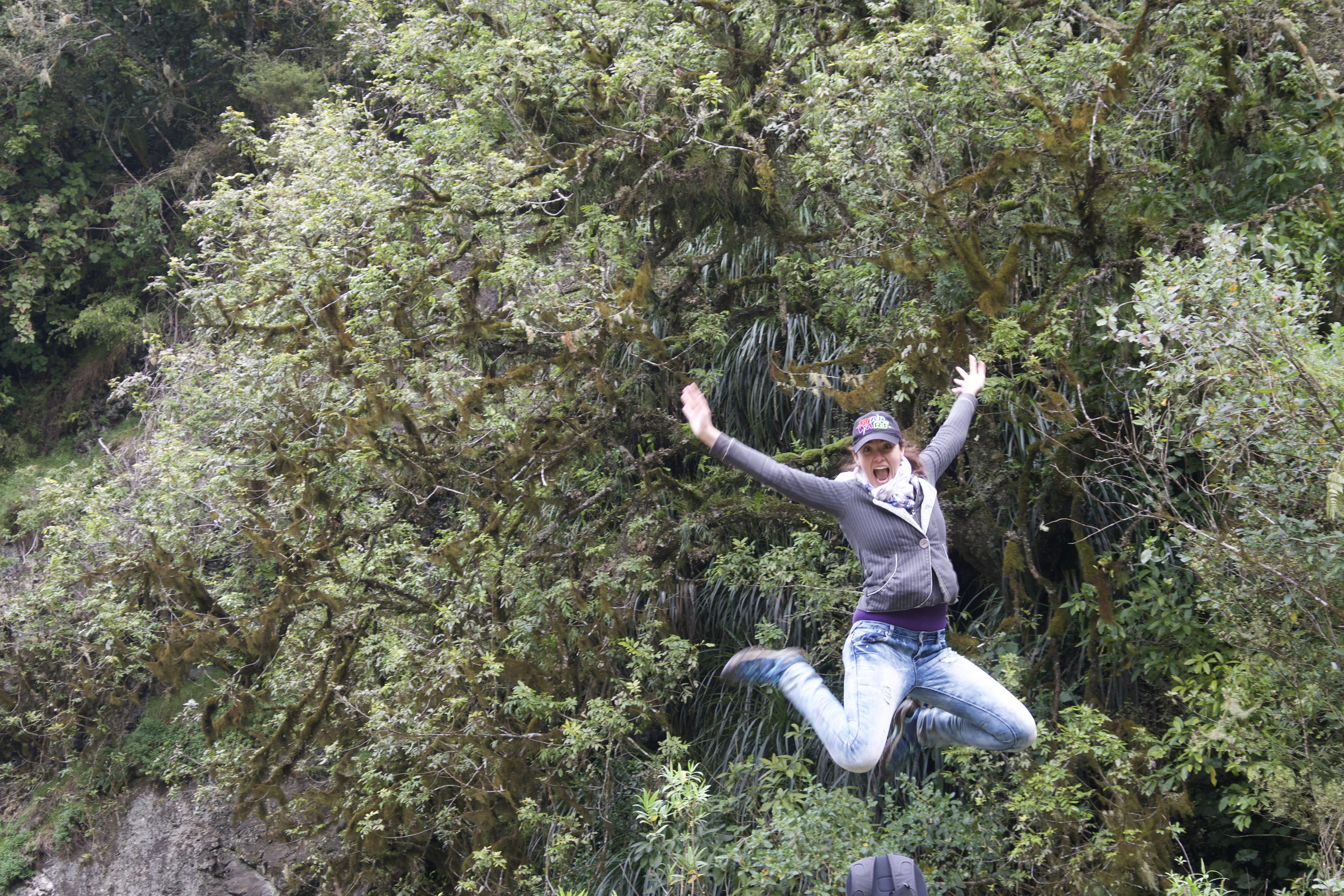 Trees are very important to life on this planet. They provide us with the air we breathe, detoxify and clean our water, provide homes for the beautiful animals on this planet (this includes human animals too), and give us (animals) food to eat and other substances to make the materials and tools we use. If we do not have trees, it won’t matter how much money, houses, or pairs of shoes we have – there won’t be any humans left.
Trees are very important to life on this planet. They provide us with the air we breathe, detoxify and clean our water, provide homes for the beautiful animals on this planet (this includes human animals too), and give us (animals) food to eat and other substances to make the materials and tools we use. If we do not have trees, it won’t matter how much money, houses, or pairs of shoes we have – there won’t be any humans left.
Trees are everywhere – in urban areas, rural areas, and reservations and forests. The main cause of deforestation is human impact; we cut down trees to make rooms for high rise apartments, bridges, to use for our food, etc. We even cut down trees to make room for cattle raising and agriculture – so we’re chopping down something that gives us air and food for something that will just give us food.
The largest rainforest in the world, the Amazon, is the main victim of deforestation. Each minute you watch my video, or read this blog, a football-field size area of the Amazon Rainforest is depleted. We have a plethora of national parks and reservations in the United States, and they are currently at risk of being sold by the US government to big money corporations. More than half of New Zealand’s beautiful waterways are unfit to drink or swim in because they are contaminated from cow urine (they pee about 25 liters a day) and chemical runoff. In Australia, they lost 50 species of birds as the city of Sydney continued to be developed.
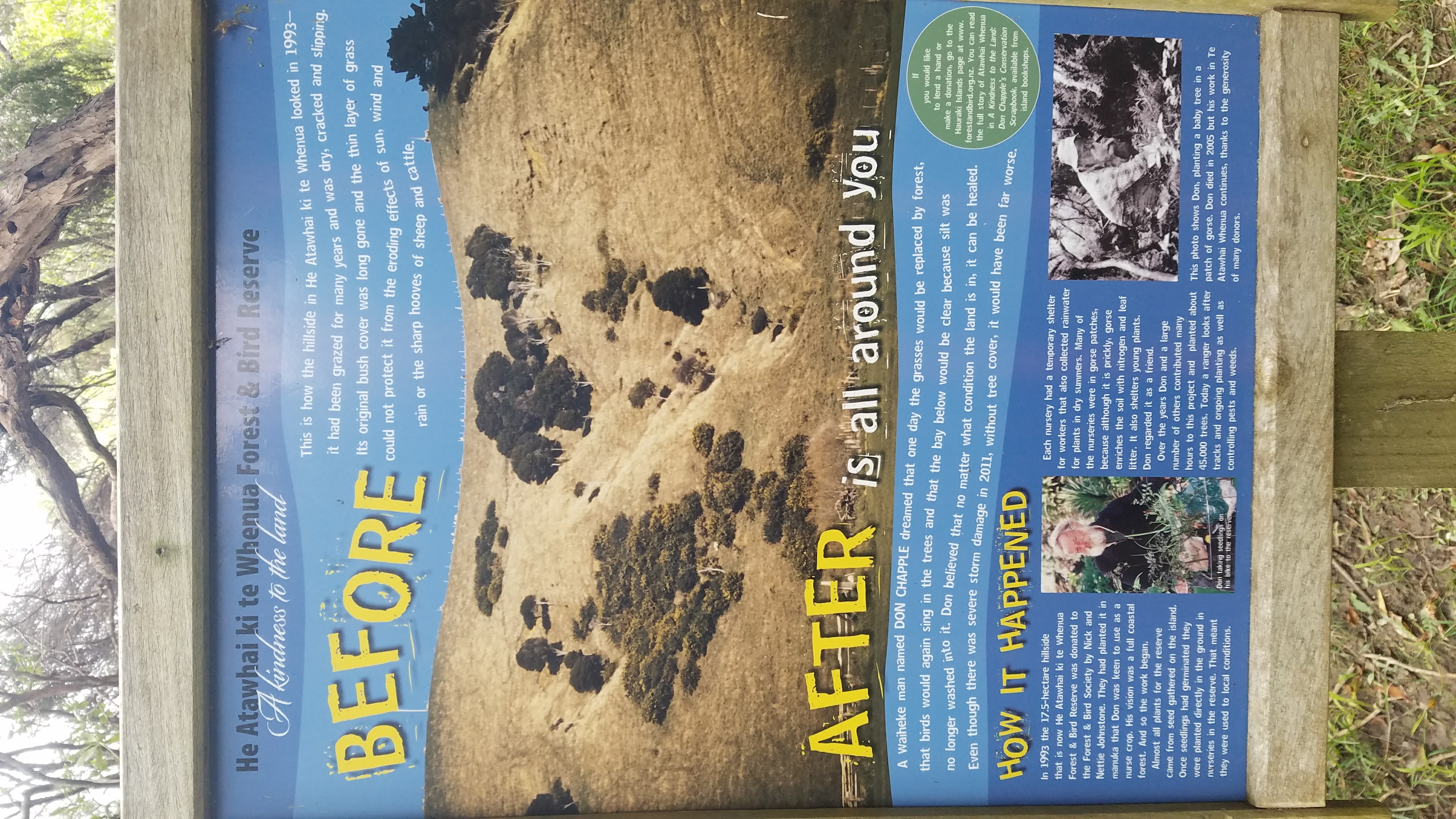 Why is this ok? We, as in humans (this includes people in governments), are aware that we are the biggest problem; we also know that there are more environmentally sound solutions. Yet, we continue to pollute and murder our forests. Because it is cheaper that way – changing anything to be more environmentally friendly is expensive, and no one wants to pay more to do more when there is no repercussions (at least in the short term) to doing basically nothing.
Why is this ok? We, as in humans (this includes people in governments), are aware that we are the biggest problem; we also know that there are more environmentally sound solutions. Yet, we continue to pollute and murder our forests. Because it is cheaper that way – changing anything to be more environmentally friendly is expensive, and no one wants to pay more to do more when there is no repercussions (at least in the short term) to doing basically nothing.
Along with partnering with the Ngati Whatua Orakei planting trees and doing hand releasing, Sustainable Coastlines provided us volunteers with some great tree-planting opportunities in parks, the Kokako Lodge, and with the Kaipatiki Project. It seems like there are a lot of amazing organizations that SC is partnered with (actually all the organizations are partnered with each other), and they all reflect the goals of “Love your water” and “Love your coast”, which are the two core values of SC. I especially loved my day working and learning with The Kaipatiki Project, because their main project is to grow a large rainforest right in Eskdale, about a 20 minute drive from the heart of Auckland.
It is important that organizations like these grow and thrive, just like the trees they plant. Because we have basically cut down most of the large trees in the world, so there needs to at least be young trees growing in their place to help our planet stay healthy.
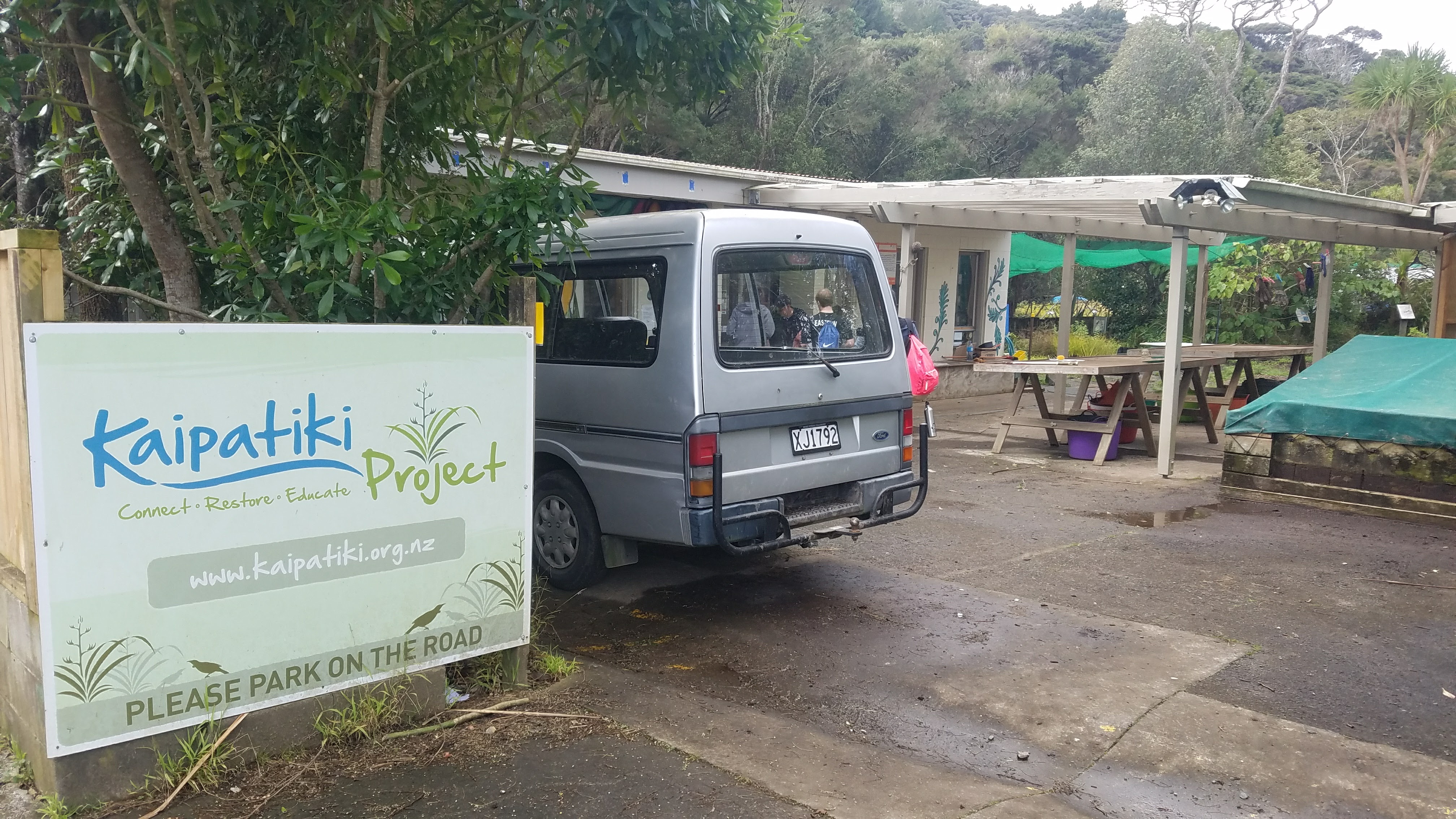 What can I, as an individual, do about this? I don’t have time to volunteer, I don’t own a logging company, I have never been to the Amazon, and I do not work in government.
What can I, as an individual, do about this? I don’t have time to volunteer, I don’t own a logging company, I have never been to the Amazon, and I do not work in government.
It all comes down to your purchase power.
What you buy reflects your environmental impact. So, if you purchase peanut butter (or other products) with palm oil, then you contribute to rainforest depletion. If you purchase plastic single use anything, you contribute to forest reduction and ocean pollution. If you buy clothes manufactured in Bangladesh, you contribute to (basically) modern day slavery as well as water contamination. It doesn’t matter if you recycle your bottles, or look for the “all-natural” labels on things – unless you actually read and research where your stuff comes from, you are not helping.
Education – the ideal way to solve all our planet’s problems is through education. If you educate your students, friends, family, colleagues, etc. then you are spreading awareness. Most individuals are not aware of their impact, because we (people in the First World) have been trained to not be conscious. We are not mindful when we throw away food or other trash, whether it is in a trash can or on the ground. It doesn’t matter – someone will pick it up, right? It doesn’t matter where our clothes come from – this shirt is $3 and these shoes are only $10! I have to buy the cheap, enormous plastic container of peanut butter because it is on sale and will last forever in my house.
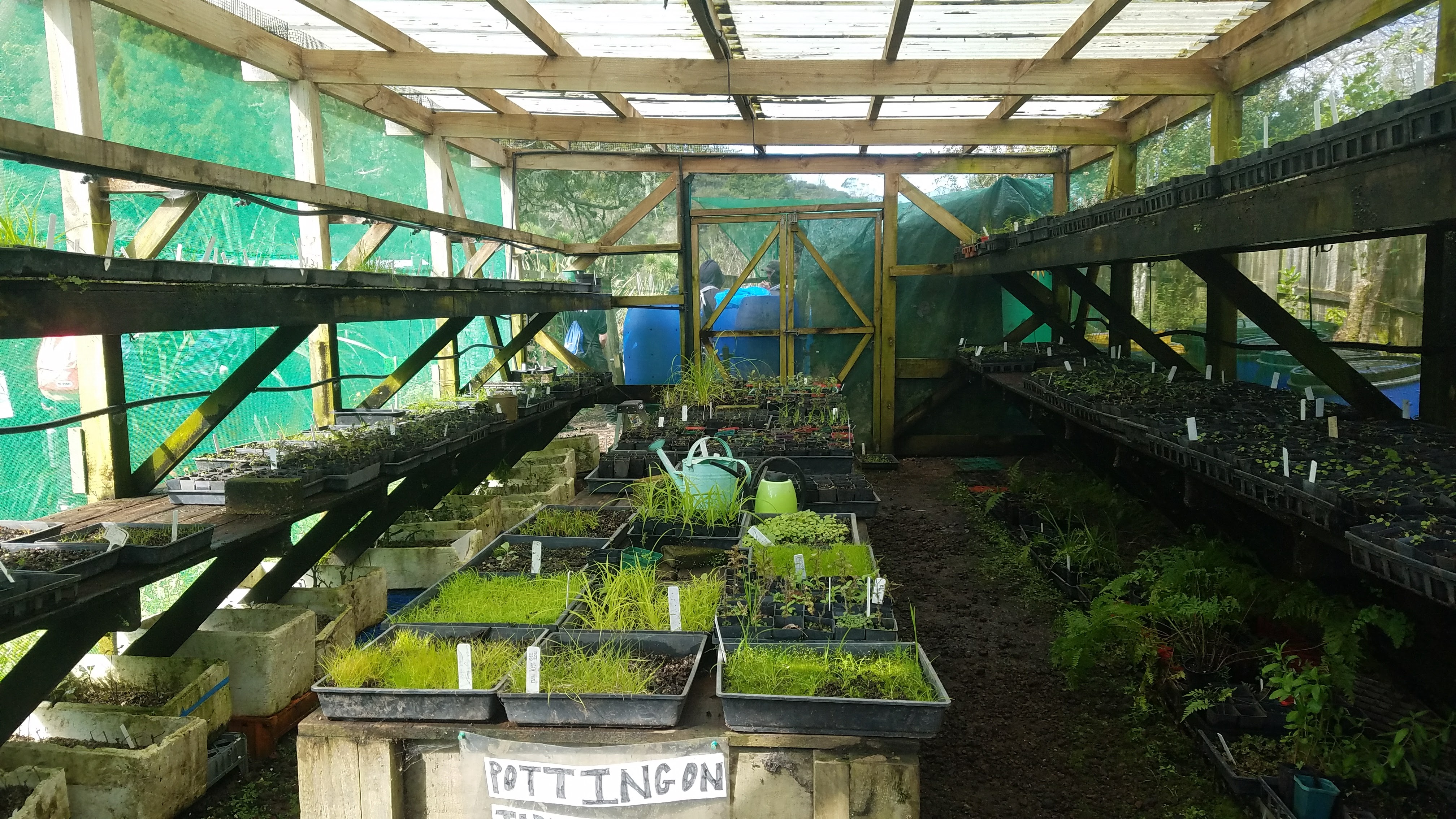 Other idealistic ways to solve DEforestation is REforestation, or planting more trees! A great school or home project to do is to collect seeds and plant them, why not have some tree seeds to plant too? Reforestation is one of the main objectives of the Kaipatiki Project – they go through their young rainforest and collect seeds to replant and grow in their nursery until they are big enough to be planted. Even if you cannot volunteer, you can donate to causes like these (it is always great to get a donation in your name instead of a present – who needs another scarf, really?), and others (one of my favorites is Stand for Trees) to ensure that these organizations can continue to do this important work.
Other idealistic ways to solve DEforestation is REforestation, or planting more trees! A great school or home project to do is to collect seeds and plant them, why not have some tree seeds to plant too? Reforestation is one of the main objectives of the Kaipatiki Project – they go through their young rainforest and collect seeds to replant and grow in their nursery until they are big enough to be planted. Even if you cannot volunteer, you can donate to causes like these (it is always great to get a donation in your name instead of a present – who needs another scarf, really?), and others (one of my favorites is Stand for Trees) to ensure that these organizations can continue to do this important work.
You can also be a huge help when you take things that do not belong in the natural habitat out. I cannot tell you how easy it is to just pick up some trash that you find on your nature walk and put it in the closest garbage bin you find. It really is frustrating to go on a 10 minute walk and see mounds of cigarette butts, car tires, netting, beverage cans and bottles, and snack wrappers all over.
More ways to solve these problems are to buy local food and clothing (and other stuff too! Support local businesses, WalMart is evil), bring your own utensils/zero waste kit wherever you go (see my Going Zero Waste vlog), and grow your own food! Or find a farm near you that has programs to get fruits, veggies, eggs, and meat from them instead of Costco. Yes, it is more expensive, but in the long run if you go local and go zero waste, you won’t only save money but you will also be saving your individual health and the health of the planet. Doesn’t that just make your heart feel good?
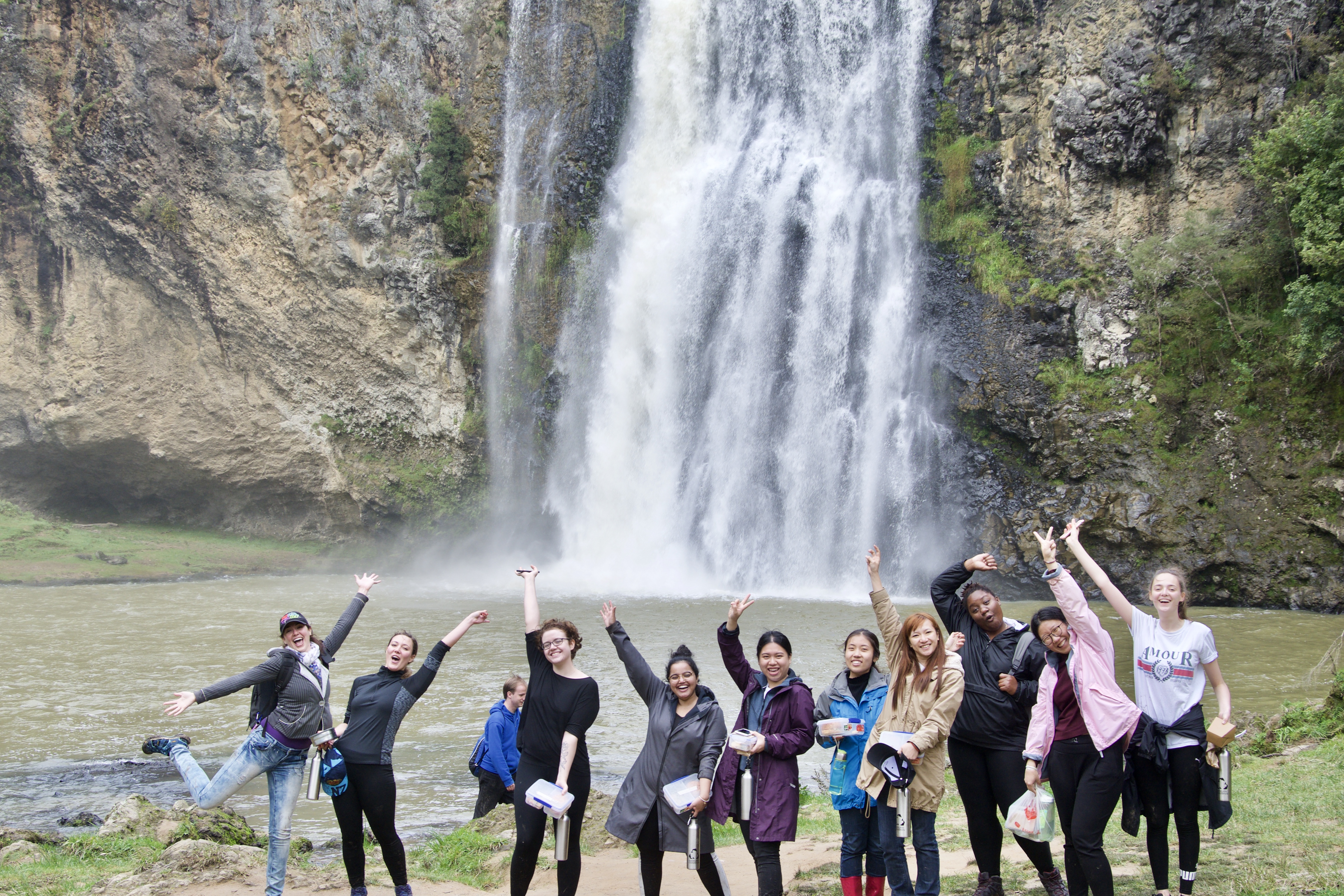
Below is a lesson/unit plan that you can do with your students to introduce the topic of deforestation. It is important to understand students ‘funds of knowledge’ when starting a topic like this – you do not want to bore them with something they already know, but you also want to make sure that the facts and discussions you have with them stay engrained in their brain when they go home, so they can be agents of change in their households too.
As always, I hope this lesson and the resources included help you teach your child/children/students to help save the world. Please do not hesitate to contact me for any questions, and please fill out this simple survey if you enjoy it!
Lesson Plan/Unit: The Wh- Questions of Deforestation
Objective: You will define ‘deforestation’ and explore the affects of it on individual and global levels.
Suggested books: (Please see my Environmental Unit post) Uno’s Garden by Graeme Base, Wangari’s Trees of Peace by Jeanette Winter, Aani and the Tree Huggers by Jeanine Atkins
Essential Questions:
- What is deforestation?
- Why do we cut down trees? Who cuts down trees?
- Where are the most trees cut down?
- Why are trees important?
Materials:
- SMARTboard, whiteboard, and/or poster board
- Recyclable materials
- Paper (try to use both sides) and/or a writing journal
- Writing tools (pen/pencils/markers)
- Seeds (preferably different tree seeds)
- Soil
- Pots (or old cups/bottles, something you can grow stuff in – definitely great to reuse or repurpose old stuff)
Procedure: A great way to start is by doing a ‘KWL Chart’, or a “what we know, want to know, learned” chart. This will help you understand what your students know about this topic, so you can move forward with an end project, such as a PSA video (like I did with my students about plastic waste), a tree planting project/ celebration, or a park clean up. It is also a great tool to use when reflecting with the students after doing this unit.
There are a bunch of lessons on an educator’s website named Julian Trubin, but it is very important that students understand exactly what deforestation is before delving into more complicated aspects of this unit, like a research project or PSA. I found this lesson from Parlo to be easy and clear, and it is great because it includes a time breakdown as well. This lesson can be used for students from grade 4 and up, depending on how in depth you would want to get into with them. Human Education has an amazing lesson for students in grade 6 (ages 11/12) and up, and there is a super cool science experiment for high school students, which you can check out here.
Depending on student levels, you can do many different activities in conjunction with this unit. Something I would do with my students would be a sensory find – I would put large seeds, rocks, leaves, sticks, etc. into a large bin with soil. I would have a mat with pictures of the different items in the bin and have students take turns sifting through the soil to find and match the items. I also love writing journal entries – after reading a story, I would ask students a question or have them react to a certain part of the story and write about it. Usually, I would include stickers, dot paint, and print out pictures for my students to use, since a lot of them cannot write, or write minimally. You can use my writing journal page as a guide for students if needed.
Some videos to watch in conjunction with this unit would be rainforest depletion and deforestation affects on climate.


